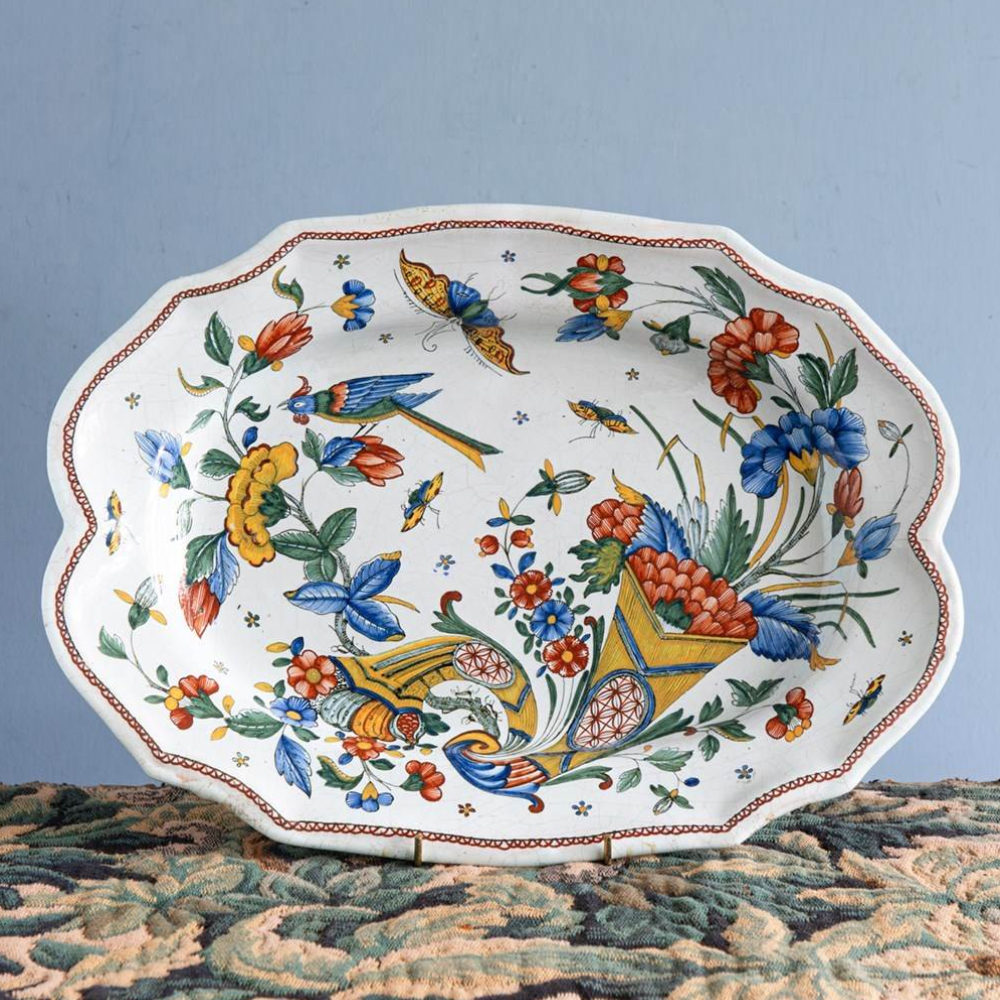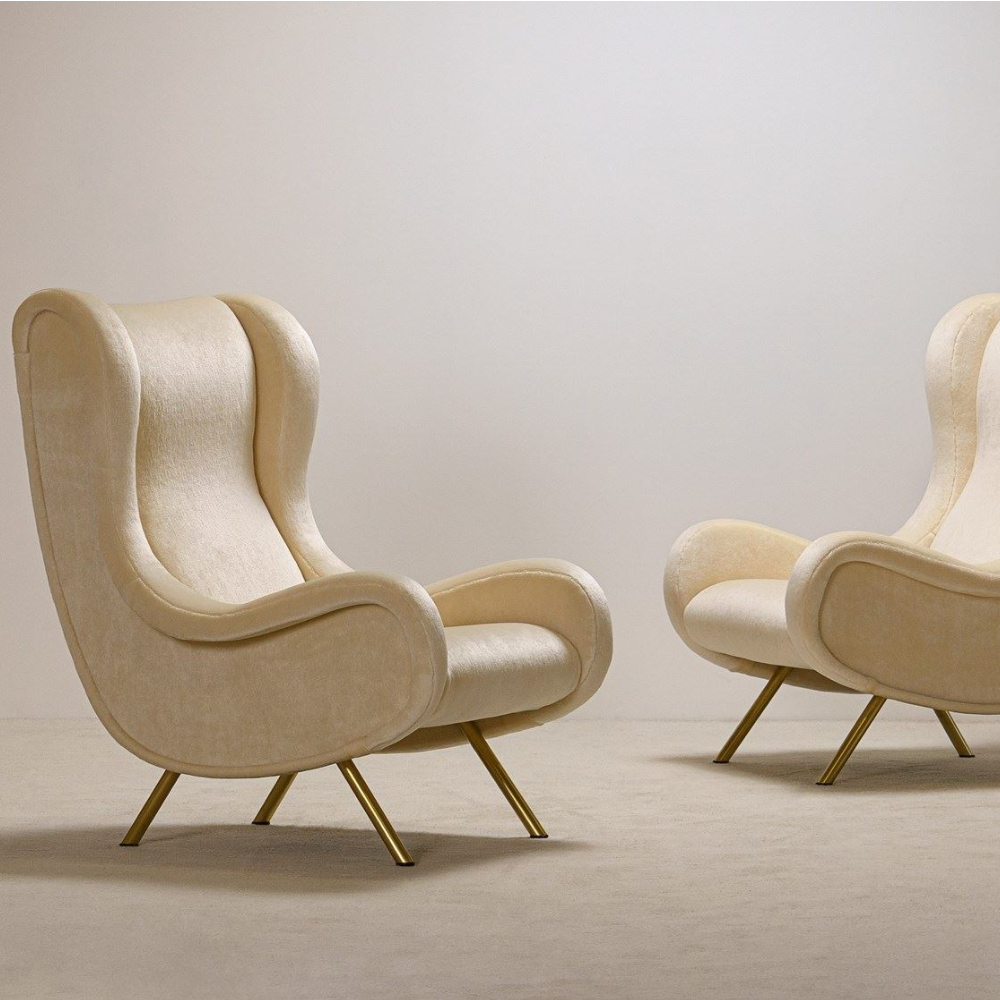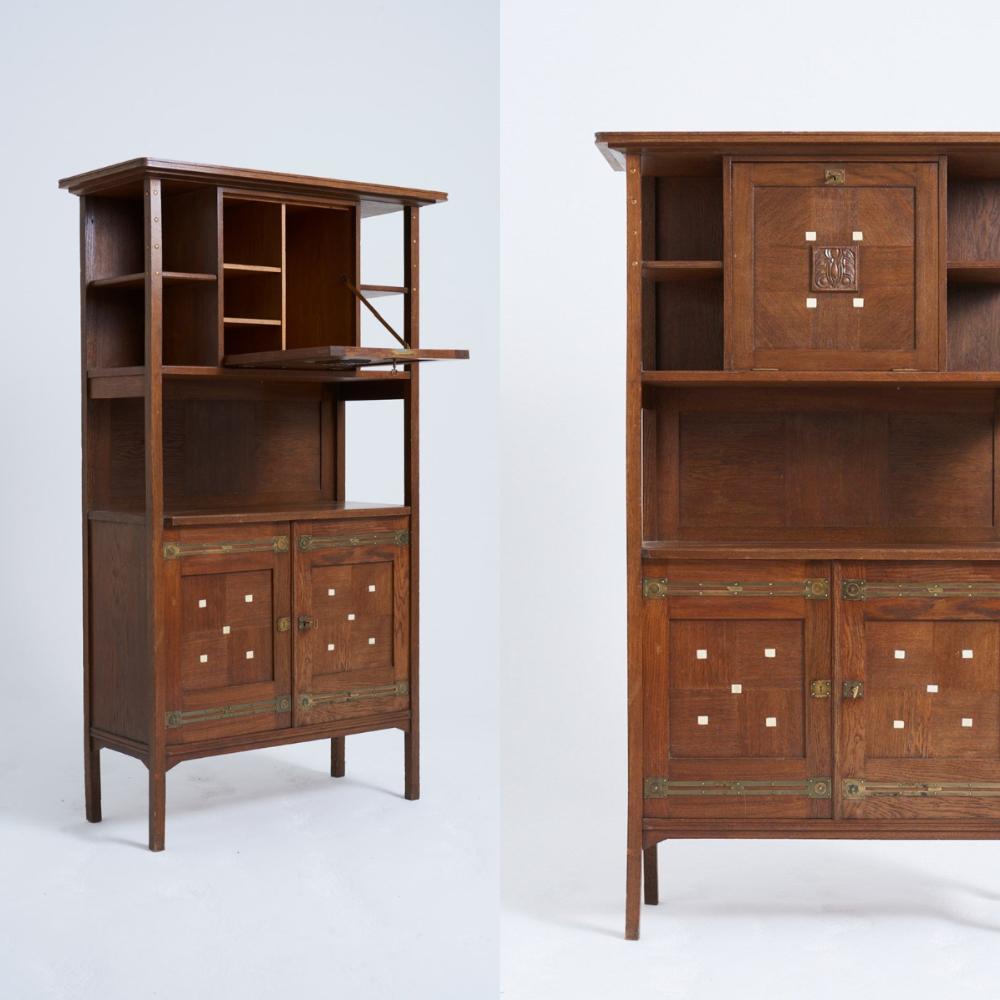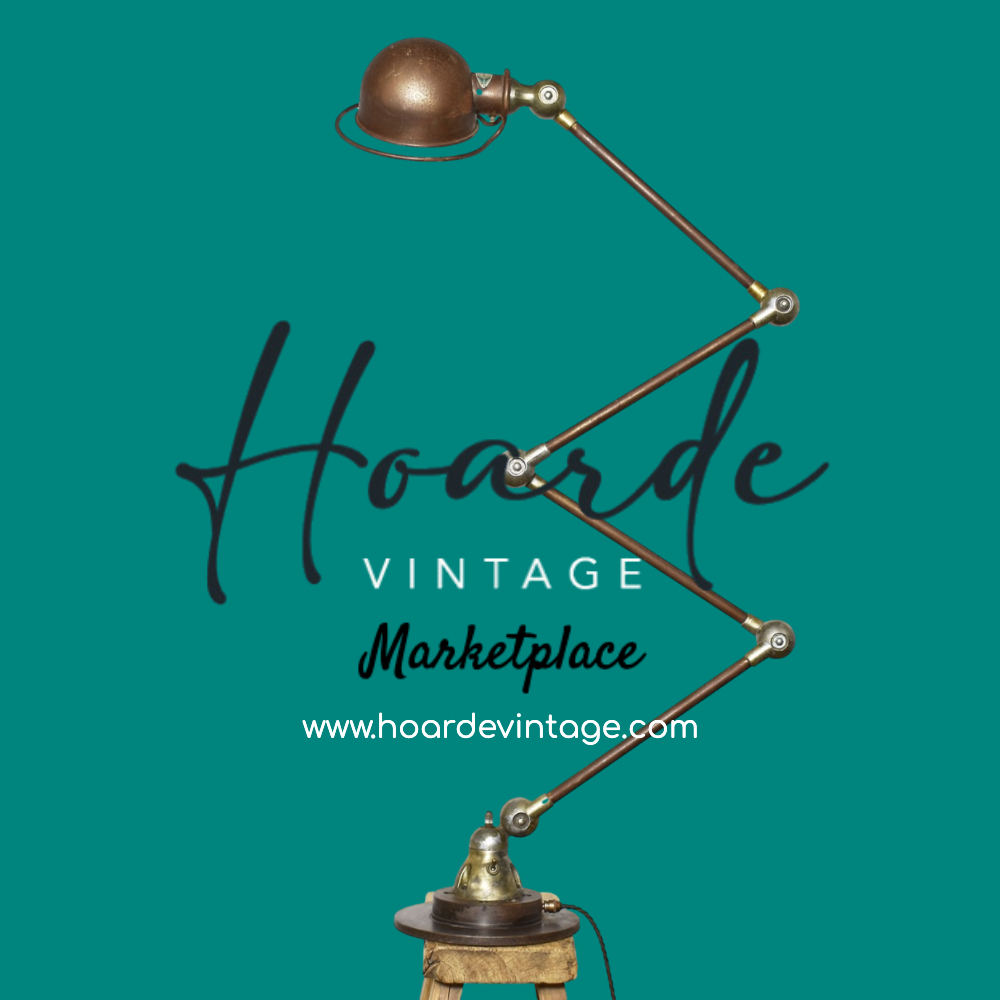--crop-v2.jpg)
Antiques provide us with a way of understanding the past. They help explain our thought processes throughout the ages, and this can help us to improve the way we do things today.
In the case of mid-century antiques, these pieces are a window into the 1930s and late 1960s. A time of rapid industrial and scientific innovation that was often depicted in the design of furniture.
Furniture is the most sought-after of all pieces from the mid-century. Its carvings and designs depicting the sophistication of the time have made it popular with collectors.
The best mid-century antiques were once found in the homes of aristocrats, royal families and the ruling classes. They were a sign of power and wealth as these clusters of people had the money to buy expensive pieces of furniture. Made from mahogany and other exclusive timbers, these products were designed to last.
If you walk into an antique shop today, you will understand why these classic pieces of furniture go for a premium price. The same design, attention to detail and quality is challenging to find in the contemporary world.
The most common pieces of mid-century furniture are beds, chairs, cupboards, study desks and drawer chests.
Cupboards and cabinets
Cupboards and cabinets were popular in offices and storage rooms in the mid-century, ideal for storing important items. Pine was the most commonly-used wood because it was widely available.
The UK was among the aristocratic countries in Europe that kept these cabinets.
With time, the designs improved to create bigger and better cupboards. To date, we still marvel at the cupboards' quality, although the ones made today have a better outlook.
Tables
Compared to contemporary tables, mid-century tables were simple. Every detail could be seen clearly, with straight legs and a plain top. The only section that had an element of design was the legs.
The markings on the legs represented cultural connotations relevant to its country of origin. French tables, for example, had block decorations on the legs.
Ebony and mahogany were the wood of choice. If you’re lucky enough to find a table like this that dates back to the mid-century, you can expect to pay a significant amount for it.
Chairs
The type of chair you might see in mid-century collections varies by its use. Normal chairs were used in regular households, while high-end were the preserve of the aristocrats.
Standard chairs were made from pine and some were even made from braided straw held together by tightly-done weaves. On the other hand, high-end chairs were made from ebony and mahogany, which made them costly. Their design and cost was a show of power and authority, a notion that still applies today.
Each country had a design that emanated from its national symbols and features. These chairs have been preserved as a way of maintaining national identity, and it’s one of the reasons they are valued so highly.
The most sought-after mid-century chairs come from France, the UK, and parts of Africa.
Bedside cabinets
Bedside cabinets were not as popular as other mid-century antiques as they were considered elitist. However, when they were used, the drawers were used to store valuable items like jewellery, important documents, and other things the owners held dear.
The handle designs, leg decorations, and top material stood out on these drawers. Some had a marble top for a more exquisite look, enhancing their appearance and cost.
It may be a common feature in contemporary bedrooms, but in the mid-century, bedside cabinets were made for the wealthy in society as reflected in their cost and design.
Chests
Chests are another piece of furniture that was popular among the aristocrats, especially with women. Chests were their storage compartments for their valuable jewellery and special occasion clothes. The lid designs stand out with some preferring an arc and others a flat top. Handles and locks also added sophistication.
However, they are not common nowadays, which makes their cost relatively higher.
Other antiques in this category include stools, workplace desks, dressing tables, and shelving units.





